The Center for Historic Shipwreck Preservation offers curriculum guides and lesson plans to help educators incorporate the history and science behind the shipwreck discovery of the Whydah into their classrooms. These educational materials have been specifically designed to align with Massachusetts standards.
While the curriculum guides and lesson plans work best when accompanied by a visit to the Whydah Pirate Museum, a field trip is not mandatory. The content and lesson activities are effective even without a visit. However, teachers and students who do participate in a class trip will find these lessons greatly enhanced by hands-on encounters with centuries-old artifacts, maps, pirate treasure, and conservation tools and equipment.
The curriculum is organized into two categories: History and STEM (Science, Technology, Engineering, Math). For educators interested in history and social studies, please visit our history curriculum page. For educators interested in science, oceanography, archaeology, and underwater technology, please contact us to request a copy of our STEM curriculum.
Additionally, the Center has developed a multidisciplinary Unit Plan that uses the true story of the Whydah to teach upper-elementary school students skills and standards in history, science, and language arts. While each lesson plan can be used independently, the unit demonstrates how multiple academic disciplines can work together. To receive a digital copy of this Unit Plan and corresponding lesson materials, please contact [email protected].
The History Curriculum and Educators Guide assists schools and teachers in utilizing museum resources to enrich their lesson plans and engage their students. The Educator’s Guide provides lesson descriptions tailored to fit the current Massachusetts History and Social Science Curriculum Framework.
The unit plan has been designed by the Center in collaboration with the Whydah Pirate Museum to use the true story of The Whydah Gally and teach upper-elementary school students skills and standards in history, science, and language arts. While each lesson plan can function independently, the unit exemplifies how multiple academic disciplines can be integrated.
Throughout these lessons, students explore local history and related folklore through reading comprehension and oral narration exercises. Straightforward physics and chemistry experiments demonstrate how scientific understanding of natural processes aids in uncovering and conserving the past. Activities in geography, demographics, and economics illustrate the broader forces that impacted and influenced the central characters of the Whydah’s chronicle.
The creators of these lessons hope that by utilizing the history and artifacts of the Whydah, students will realize that these exercises, both ours and theirs, are not fruitless or trivial endeavors, but honest efforts to uncover, understand, and preserve the legacy of ordinary people who lived extraordinary lives.
Pricing and Invoicing:
Groups are strongly encouraged to make payments prior to their arrival. We are happy to provide an invoice with final headcounts and values one week before field trips.
To prepare for the trip, we highly recommend scheduling a pre-lesson with our educators to give a slide presentation about Black Sam Bellamy and the Whydah at your school. This will provide students with a deeper understanding of the history of the Golden Age of Piracy and enhance their experience at the museum. There is a small fee of $75 for the lesson ($125 if multiple presentations are needed in one day), but we have found that students are much better prepared with this additional knowledge.
Our prices include access to the exhibit hall, conservation lab, and lesson, and they are reflective of grade levels:
- 1st-6th graders: $7 per student, $10 per chaperone
- 7th-high school: $9 per student, $10 per chaperone
- Camps, scouting groups, and church groups follow grade-based pricing.
- We prefer a student-to-adult ratio of 15:1, and there is no charge for teachers or bus drivers.
